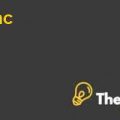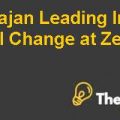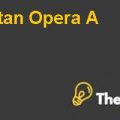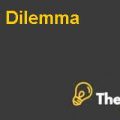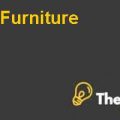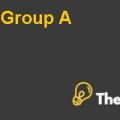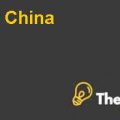
Case Analysis: The Heartbreak of DRGs Case Solution
Analytical Model should be use
The case is pertaining to the incremental cash flows and to evaluate cost which will incur to generate that cash flows however, the company is using Cost Benefit Analysis (CBA), Capital budgeting/investment appraisals to check the feasibility of the project. However,there is a more appropriate way or analytical framework which will be more beneficial for the company to evaluate the project. The framework is known as Relevant Costing. Through this framework, the company will be able to analyze the key areas from where the cost is incurring with a significant amount.Moreover, it will enable the company to identify the cost drivers associated with its cost structure.
As far as the information of this model is concerned, Dr. Davidson can acquire this data from the administration of the hospital as well as he can also set an accounts department which will ensure proper supply of most updated data to Dr. Davidson. Since the data requiresongoing basis upgrades, an accounts or finance department will be necessary for the hospital to maintain this data on regularly basis and to provide this data to Dr. Davidson.
Finally, Relevant costing is the most feasible model to evaluate and identify the feasibility of the APTC project. Also, it will provide deeper understanding of the crucial cost drivers as well as the cost structure. Moreover, this model will help the company as well as the related staff to stay updated with the cost divers. In a nutshell, it can be said that Relevant Costing is the best model.
Conclusions Drawn from the Analysis
The calculations of the project and its feasibility, CBA and breakeven analysis are mentioned in the excel spreadsheet. In addition, the conclusion which can be drawn from the analysis is that in approaches one and two, the results were similar pertaining to the operational cost and revenue. However, approach three was different and therefore, in this approach the additional inflows are lesser than approach 1 and 2. Furthermore, in approach 1 and 2 the cash inflows (incremental) are 276,112 while in the third approach they were 146,112 which are far lesser than the first two approaches.
In addition, the initial outflow is 1,036,000 and according to the 1st and 2nd approach the project will cover its initial investment in 3.75 years while it will cover the same expense in almost 7 years under the third approach. Additionally, the NPV of the first and second approach are positive with a significant balance even the cash flows were discounted at different rates ranging from 2.5% to 15% but still the NPVs are positive. However, the NPV was positive in the first year and then turned in to negative in later years under the third approach.
Finally, the breakeven analysis suggest that the company will have to give treatment to 1768 patients per year to breakeven under the first and second approach which means that the hospital should treat minimum of 5 patients to break even under the certain project. In a nutshell, it can be concluded that the first and second approach are feasible as compared to the third one. The firm should deploy the project to increase their revenue as well as margins................
This is just a sample partial case solution. Please place the order on the website to order your own originally done case solution.


